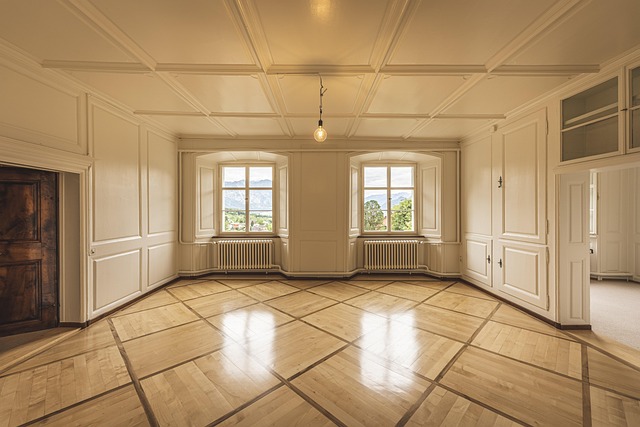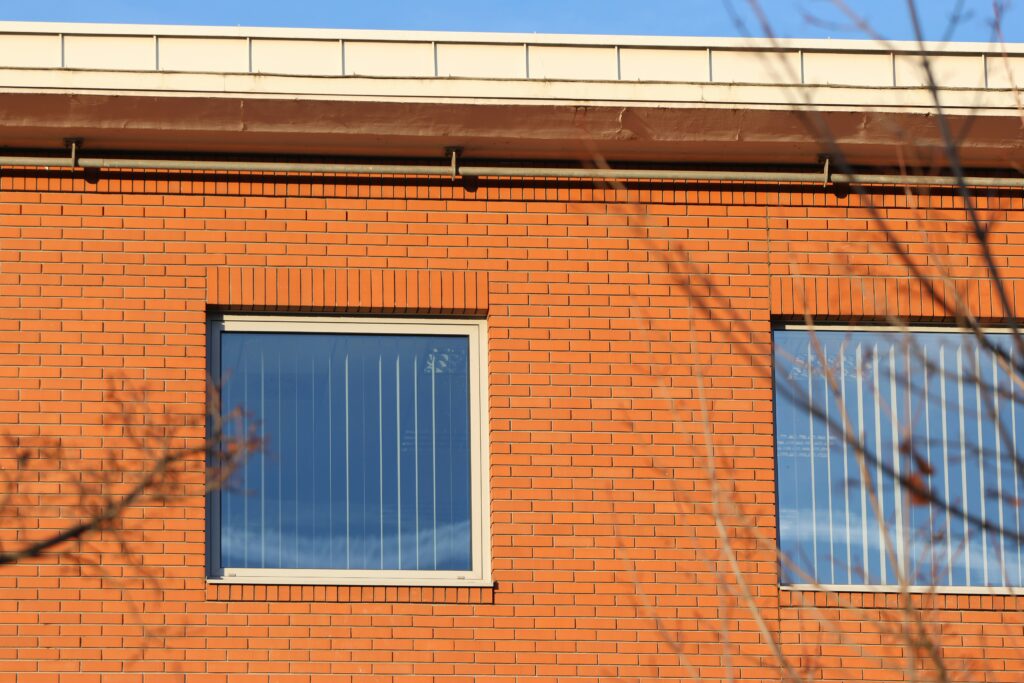Intro: Why Demographics Are the Silent Market Movers
The Overlooked Power of Population Trends
When we think about what drives the real estate market, it’s easy to focus on interest rates, inflation, or economic growth. But underneath these high-level market forces lies something more subtle—and often more influential: demographics.
Unlike market cycles that can shift within months, demographic trends unfold over years or even decades. This long-term influence has a profound effect on everything from housing demand to development patterns.
Consider these ongoing trends:
- Aging populations creating new needs for accessible housing
- Growing young generations redefining urban and suburban preferences
- Increasing immigration sparking new regional development
These shifts don’t make headlines daily, but they reshape entire housing markets over time.
Real Estate Follows the People
While it’s true that real estate follows financial trends, it’s more accurate to say it follows people. Where people live, how they live, and what they need in a home shape housing markets as much as—or sometimes more than—economic indicators.
Key takeaways:
- Migration patterns influence regional price growth and new developments
- Family structures and lifestyle changes affect home size, location, and design preferences
- Shifting population segments—from retirees to first-time buyers—bring unique pressures and opportunities
Understanding people is essential to understanding markets. Demographics aren’t just numbers—they’re a leading indicator of what’s next in real estate.
Millennials and Gen Z: Redefining Ownership
Generational shifts aren’t just shaping consumer trends—they’re reshaping cities, neighborhoods, and entire housing markets. Millennials and Gen Z are approaching real estate with new priorities, and their preferences are driving a noticeable evolution in both urban and suburban development.
Redrawing the Urban vs. Suburban Map
Younger buyers are no longer just chasing downtown high-rises or swearing off the suburbs. Instead, their choices reflect nuanced priorities:
- Urban Appeal: Access to public transit, entertainment, co-working hubs, and social lifestyle perks
- Suburban Appeal (Reimagined): Lower cost per square foot, better space for remote work, expanding walkable town centers
Many suburbs are evolving to meet these needs, blending suburban calm with urban conveniences.
What They Want—and Why
Millennials and Gen Z take a lifestyle-first approach to housing. Instead of traditional square footage, they value utility, experience, and location amenities.
Key preference shifts include:
- Smaller, more efficient homes suited for working remotely
- Walkable neighborhoods with mixed-use developments
- Sustainability and energy efficiency built into the property
- Proximity to friends, community, and job networks—sometimes over job location itself
Renting Longer, Buying Smarter
Yes, younger generations are renting longer—but they aren’t giving up on owning. Instead, they’re being strategic:
- Buying later in life but entering the market with clearer priorities and more research
- Exploring alternative ownership models like co-buying with friends or family
- Prioritizing affordability and flexibility—which is shifting demand from big, fixed-properties to adaptable living spaces
Ownership hasn’t disappeared. It’s just been repurposed to align with the realities and values of modern life.
Developers, landlords, and agents who ignore these shifts risk missing the largest segment of future buyers and renters.
The Aging Population: Downsizing and Relocating
Baby Boomers are on the move—and they’re not just looking for sun. After decades in large family homes, a growing number are cashing out, capitalizing on appreciated home values, and simplifying their lives. The result? A massive nationwide downsizing wave that’s leaving fingerprints on local markets.
Warmer, lower-cost states like Arizona, Florida, and the Carolinas are seeing steady inflows. It’s not just about weather—it’s about cost of living, tax benefits, and proximity to quality healthcare. Many boomers aren’t chasing beach homes, they’re looking for practical comfort.
This shift has fueled a sharp rise in demand for 55+ communities and health-accessible housing. Developers are responding with single-story floorplans, wider doorways, and smart-home tech that simplifies day-to-day life. These aren’t your grandparents’ retirement villages—today’s aging buyers want style, independence, and social connection baked in.
For investors and planners, the message is clear: follow the demographics. This isn’t a trend; it’s a long runway.
Diversity and Immigration: Shaping Regional Growth
Real estate trends don’t move in a vacuum—they follow people. And right now, multicultural communities are reshaping the map of American development. From metro suburbs to mid-sized cities, regions with growing immigrant populations are seeing fresh demand for housing, services, and infrastructure. It’s not just about more people—it’s about different needs, values, and spending patterns coming into play.
Cultural and generational preferences hugely impact how neighborhoods develop. For example, some communities prioritize multi-generational living setups, while others value proximity to ethnic businesses, places of worship, or language-specific services. Developers who pay attention to these differences are getting it right. Cookie-cutter homes won’t cut it in these corridors.
Immigration is also breathing new life into stagnant areas—older urban centers where young natives have moved out, but newcomers are moving in. These communities bring energy, entrepreneurship, and an urgent demand for housing. That’s growth from the ground up. In real estate, it’s not always about chasing where the money is now—it’s about seeing where people are putting down roots for the next chapter.
Shrinking Households, Growing Demand
Modern households look very different than they did just a decade ago. As lifestyles, relationship patterns, and economic pressures evolve, housing needs are shifting across the board. Two major trends are converging—an increase in single-person households and a renewed rise in multi-generational living. These opposing yet parallel shifts are redefining how homes are designed, built, and marketed.
The Rise of Solo Living
More people than ever are living alone, whether by choice or circumstance. This demographic includes young professionals, recent retirees, and adults who delay or forgo traditional family structures.
- Single-person households are at an all-time high in the U.S.
- Key preference: compact, low-maintenance homes with smart layouts
- Proximity to amenities and transit remains a top priority
Multi-Generational Homes Make a Comeback
On the other end of the spectrum, multi-generational living is gaining traction. Driven by economic factors, caregiving needs, and cultural traditions, more families are opting to live together under one roof—spanning two, sometimes three generations.
- Rising cost of living encourages families to consolidate households
- Care for aging parents or younger children is a common motivator
- Buyers seek homes with separate entrances, dual kitchens, and private living quarters
Developer Response: Smarter, Flexible Design
To meet both ends of the household-size spectrum, developers are rethinking traditional layouts. Flexibility and adaptability are the new standard in residential development.
- Growth in modular and convertible housing units
- Floor plans that allow rooms to shift function over time (e.g., office to nursery)
- Demand for accessory dwelling units (ADUs), in-law suites, and co-living models
Bottom line: One-size-fits-all housing is a thing of the past. Whether designing for one or for many, developers and investors need to stay nimble and people-focused.
Regional Shifts and Sun Belt Expansion
The Southeast and Southwest aren’t just getting warmer—they’re getting more crowded. People are moving in droves to places like Texas, Arizona, Florida, and the Carolinas, driven by a trifecta of affordability, weather, and low taxes. It’s a demographic migration too big to ignore, and real estate is already responding.
Demand in the Sun Belt is pushing both commercial and residential developers into expansion mode. Suburbs outside major metros are turning into full-fledged cities. Industrial parks are springing up near new freeway stretches. Entire communities are being built with remote work in mind—think fiber internet, walkable town centers, and homes with built-in office space. It’s not just retirees either. Millennials chasing lower costs and Gen Z workers priced out of coastal hubs are helping fuel the boom.
Regional growth like this creates opportunity—but also pressure. Rents are climbing, supplies are tightening, and infrastructure is racing to keep up. If you’re watching the real estate market, keep your eyes on where people are actually going. That’s where the smart money builds next.
What This Means for Investors & Homeowners
Following population trends isn’t just for policymakers or academics—it’s a compass for knowing where the real estate market is headed. If you’re trying to figure out where to buy next or when to sell, you need to be reading the demographic map.
Start with basics. Where are people moving, and what do they need when they get there? Markets in the Sun Belt—Florida, Texas, Arizona—continue to swell thanks to affordability, tax incentives, and retirees looking for warmth. But it’s not just retirees. Remote workers and young families are targeting the same areas. That overlap creates strong, multi-generational demand.
Don’t chase flash. Investing in a trendy neighborhood without understanding who’s actually living there is just gambling. Long-term growth follows population stability, not short-term buzz. Watch census reports. Dig into migration stats. Who’s arriving? Who’s leaving? That’ll tell you more than most headlines.
Timing also matters. Generational cycles repeat. Boomers are still downsizing. Millennials are entering prime homebuying years—just differently. When you buy or sell should line up with those waves. Missing the timing by even two to three years can turn a great deal into a financial shrug.
Fads fade. People don’t. Anchor your decisions to the latter.
Final Takeaways
Demographics don’t stand still, and neither should your real estate strategy. Populations shift—sometimes fast, sometimes quietly—but always with impact. Whether it’s millennials reshaping urban life, boomers heading south, or immigration driving new build-outs, the winners in real estate will be the ones who adjust early—and wisely.
Markets that succeed are nimble. Developers who listen to cultural shifts. Investors who track where people are going, not just where prices are peaking. Homeowners who see the long game.
Don’t wait to adapt. Look at the trends behind the headlines—and act accordingly.
(Explore more housing insights at HouseZoneSpot)


 Billake Bartow is a passionate tech writer at HouseZoneSpot, known for his deep understanding of smart home innovations and digital living. His articles focus on practical technology that enhances everyday comfort, convenience, and energy efficiency in modern homes.
Billake Bartow is a passionate tech writer at HouseZoneSpot, known for his deep understanding of smart home innovations and digital living. His articles focus on practical technology that enhances everyday comfort, convenience, and energy efficiency in modern homes.

